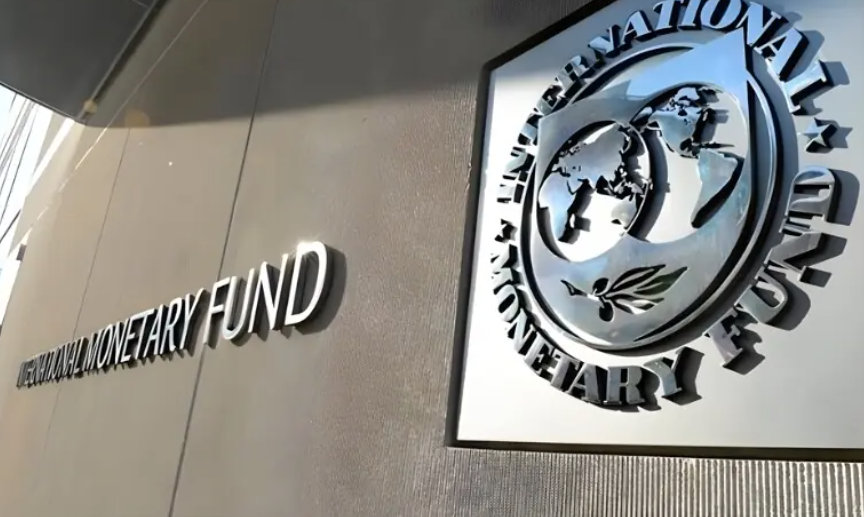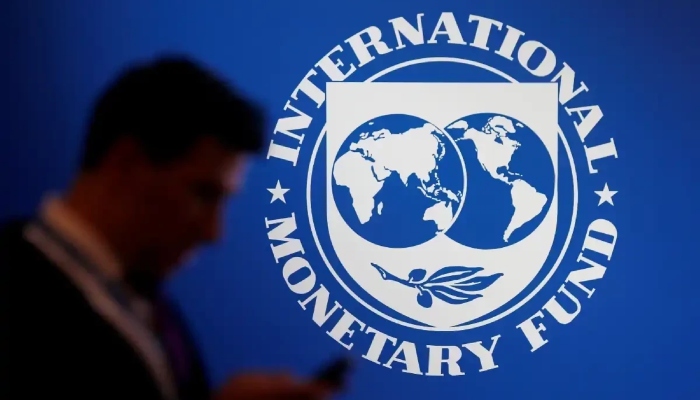TRADE & ECONOMY

Pakistan’s unemployment rate is expected to rise to around 7 percent, according to preliminary findings of the Labour Force Survey (LFS) 2024-25. The government is set to officially release the full report next week, senior government sources told The News.
The previous Labour Force Survey (2022-21) had recorded the unemployment rate at 6.3 percent, with the national labour force reaching 71.76 million. However, the latest figures indicate a reversal of that trend, with an uptick in unemployment partly linked to evolving global statistical standards.
Concerns Raised Over Preliminary Data
According to sources, the Pakistan Bureau of Statistics (PBS) shared initial findings from the LFS 2024-25 at the recently held “Data Fest” conference. Experts at the event reportedly questioned the accuracy of data concerning Islamabad Capital Territory and certain other sectors.
Attempts to contact the Chief Statistician at PBS for clarification remained unanswered at the time of reporting.
Key Findings from the Previous Survey
The 2022-21 LFS recorded the following major indicators:
- Employment-to-population ratio: 42.1%
- Male employment rate: 64.1%
- Female employment rate: 19.4%
- Youth unemployment (ages 15–24): 11.1%, with young women disproportionately affected
- Services sector remained the largest employer
Shift to New Global Labour Definitions
A major factor behind the expected rise in unemployment is Pakistan’s adoption of the 19th International Conference on Labour Statistics (ICLS) standards for the 2024-25 survey. The country had previously been using the 13th ICLS framework, which has guided global labour market measurement since 1982.
Under the older standard, anyone who worked even one hour in a reference week—whether for wages, profit, or unpaid family business—was considered “employed.”
The new 19th ICLS framework, adopted globally in 2013, makes a critical distinction between:
- Market work: Work performed for wages or profit
- Own-use production work: Activities such as growing vegetables, raising livestock for home use, unpaid training, voluntary work, or family labour not intended for sale
The refined definitions aim to more accurately capture economic participation by distinguishing true labour market activity from unpaid household or subsistence work.
Expected Impact on Pakistan’s Labour Statistics
Under the new system, many individuals—especially rural women, unpaid family workers, and small-scale farmers—will be reclassified. Those engaged only in subsistence or unpaid household work will no longer be counted as “employed” unless they are willing and available to take up paid market work.
As a result:
- Labour force participation rate is expected to decline
- Employment rate will appear lower
- Unemployment rate is likely to rise, not necessarily due to worsening economic conditions, but due to a more precise statistical classification of labour
Experts say the transition will provide a clearer picture of Pakistan’s “real economic activity,” which refers only to paid or market-based work.
The official LFS 2024-25 report, expected next week, will offer the first detailed look at how Pakistan’s workforce statistics shift under the updated global labour standards.




